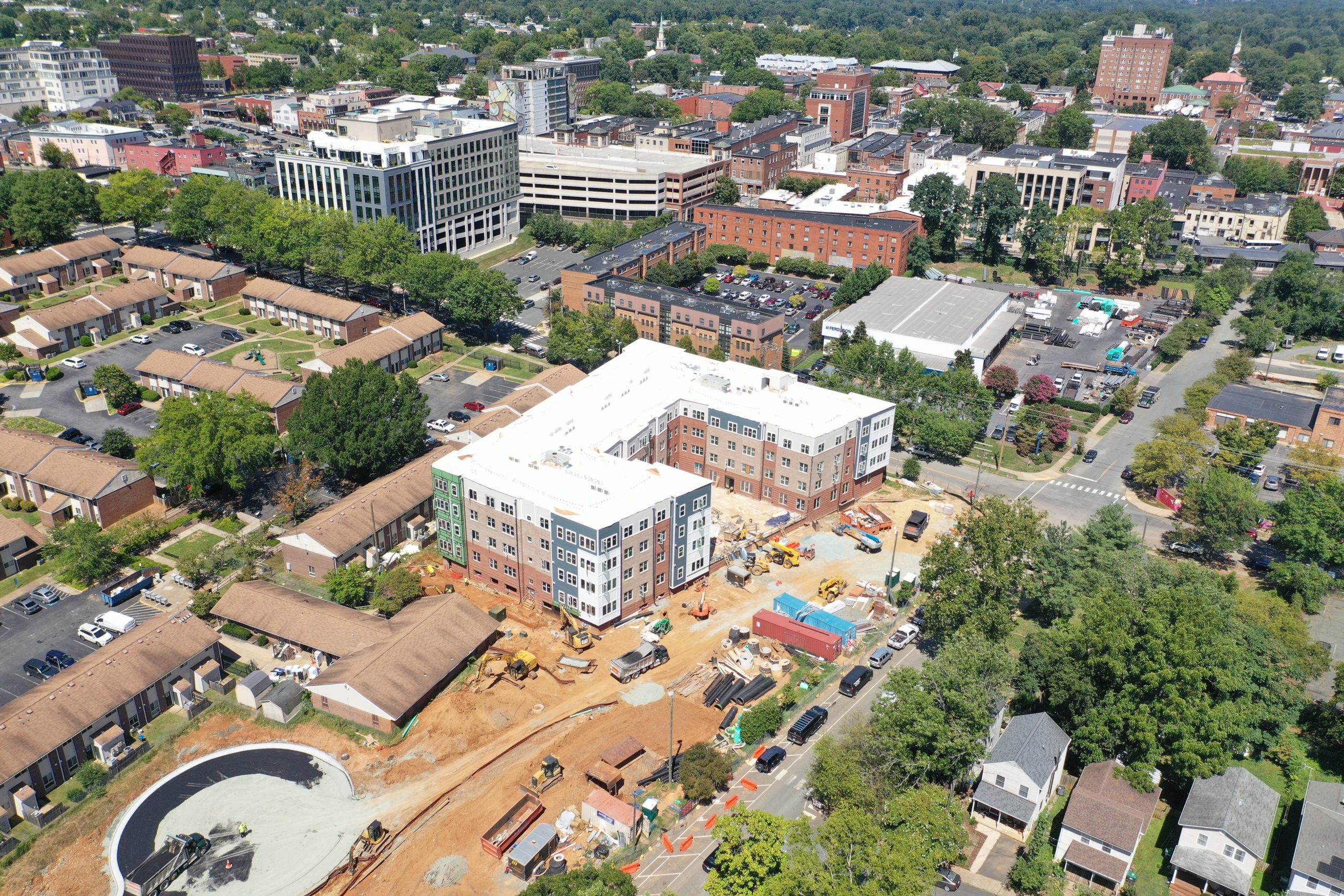
Actually, it’s not.
Let’s start with how we lost ground on homeownership, which has dropped to about 63 percent of households from a peak of near 70 percent. There are two ways we did this: one, by turning owners back into renters through foreclosures, and two, by having fewer new entrants to the market. While it’s impossible and fruitless to argue what the homeownership rate should be, we know that the loss of wealth is never a good development.
Foreclosures, short sales, and other reactions to the crisis threatened and then wiped out many American dreams. It’s also well known that, as we remain in the shadow of the housing crisis, first-time homebuyers are delaying or not buying at all.
While Lane may think this is good news, it’s hard to mesh this with other data points from the crisis.
African-Americans and Latinos lost huge amounts of wealth in the crisis and, without a comprehensive and sane housing policy, are unlikely to get it back.
Lane asserts that all this loss of wealth is a positive, even though it impacted low-, moderate- income, and new buyers disproportionately. He frames it as a “re-concentration of home equity,” an astonishing statement in an age of striking inequality. Essentially, lots of low-income, low-wealth people lost their homes, leaving the remaining, better-off homeowners with more equity. Is this good public policy?
Also striking is how Lane discusses the housing market of 1983 as a high point. Back then mortgage rates hadn’t been below 10 percent in over 5 years. In 1983, a 30-year fixed rate mortgage came in around 13 percent, which means that many, many families did not buy their first homes or move into larger homes because rates were prohibitive. Such a mortgage market allowed existing owners—say those who bought homes from 1960 to 1975—to build up immense amounts of equity. Add in the weak job market—in 1983, unemployment peaked at 9.6 percent—and the prospects for young, low-income, and other potential first-time homebuyers were quite bleak. Yet Lane makes 1983 his model.
Let’s face it, the too-often sordid history of mortgage lending in the U.S., from redlining to predatory loans, limited the prospects of far too many potential owners, raised costs on others, and simply set many up to fail. Much of the good old years Lane and others remember are too poisoned with discrimination and its legacies to be reasonable or wise benchmarks. Moreover, there are clear links between segregation and predatory lending, which can combine to depress home values and strip wealth from homes and communities.
Wealth couldn’t be created because we wouldn’t allow it to be created.
Lane isn’t alone in suggesting that certain groups shouldn’t get a fair crack at homeownership. Prominent members of Congress continue to misrepresent the causes of the financial crisis and, in effect, oppose measures to keep families in their homes. We can do better.
Let’s start with what we know. There is a terrible shortage of starter homes and other low-cost homeownership opportunities in markets across the county. There is a mismatch between vacant and foreclosed homes, mortgage capital, and buyers. There’s even a public health angle on this: Foreclosed homes seem to foster the Zika virus.
And we know what works. Innovative programs, such as those of the National Community Stabilization Trust, can target these challenges, keep families in their homes, and address blight, which drags down other homes. Studies document the value of homebuyer education programs, especially one-on-one sessions, to improve credit scores and reduce delinquencies. CFED’s own research has shown that low-income homeowners who also owned Individual Development Accounts had better mortgage terms and significantly lower foreclosure rates.
Studies also support other low-cost paths to affordability and sustainability such as inclusionary zoning in costly markets and opportunity to purchase laws for manufactured housing communities, which help keep costs down and make homeownership both more affordable and more stable. We need to better articulate the case for affordable homeownership, deflate the argument that low-income communities caused the housing crisis, and scale policies and strategies that work. The media, quite simply, needs to let that story get out.
(Photo by Flickr user bhautikjoshi, CC BY-NC-ND 2.0)






There is so much bias that needs to be worked through in this post, I’m not sure where to begin.
Let’s start here: if anyone, regardless of income or race, buys a home with little or no money down, and then faces a loss of the home’s value, that person did not lose wealth; they accumulated more debt than they signed up for. Let’s not forget that the majority of us buy homes with a mortgage—this isn’t buying a gold coin with cash and then setting it in a safe deposit box. Buying a home is really using a small amount of collateral to take on risk in the form of the largest amount of debt we will ever endure, albeit with some added benefits over renting.
It is surely true that low-income and minority homeowners were disproportionately affected by the housing bust, and a WaPo article from a year or two ago does a pretty good job theorizing on why places like Prince George’s County, Maryland, failed to regain the home values lost in the recession (unlike its neighboring counties). A sad reality is that our history of redlining lives on today—we may not deny homeownership to Blacks in areas of opportunity, but the housing market in predominantly Black neighborhoods is limited because of that legacy. And, when you have a limited market for a product, of any kind, its value is therefore also limited. This is not something that can be fixed by making loans more available. This is the result of a centuries-old tree that must be uprooted.
I agree that suffering through foreclosure is a terrible thing, and it’s unfortunate that many families who were suckered into bad loans are living with the consequences of mortgage exploitation. And, yes, many of those families continue to rent to this day. But, this blanket assumption that homeownership should be the goal for families across the needs spectrum is fraught with problems.
Working in housing policy, I have seen this predicament over and over again, that people say they want to own a home because it’s what they’ve been taught will give them freedom. But, how can I be convinced that it is freedom for an elderly widow to own a home that she cannot physically maintain, nor afford to pay someone else to maintain? Would renting not be more advantageous to her? How is it freedom to put a single mother of young children into a home with a yard for which she has no time to mow, when a well-maintained neighborhood park would better serve her needs? And how much worse is it, then, when a low-income family decides to sell a home but cannot because they have not built up enough equity to do so, in part because the pool of eligible buyers is so small?
If anything, we have done a bang-up job of stigmatizing renting, to the demise of both people and communities. We teach people that landlords are evil, money-hungry bloodsuckers with no regard for human life. We teach people that renters themselves are evil with no interest in civic or community engagement. We teach people that renting offers us nothing in return for our rent checks.
I could go on, but the broader point is this: homeownership is an answer for some, but not for all. Not even for all who think it is the answer.
P.S. – I’m not sure where this argument came from that “low-income communities caused the housing crisis.” I’ve literally never heard this articulated before.
Ownership doesn’t always mean detached single family home ownership. The ownership rate in Italy is higher than the U.S. but that comes in the form of apartment buildings, not detached homes.